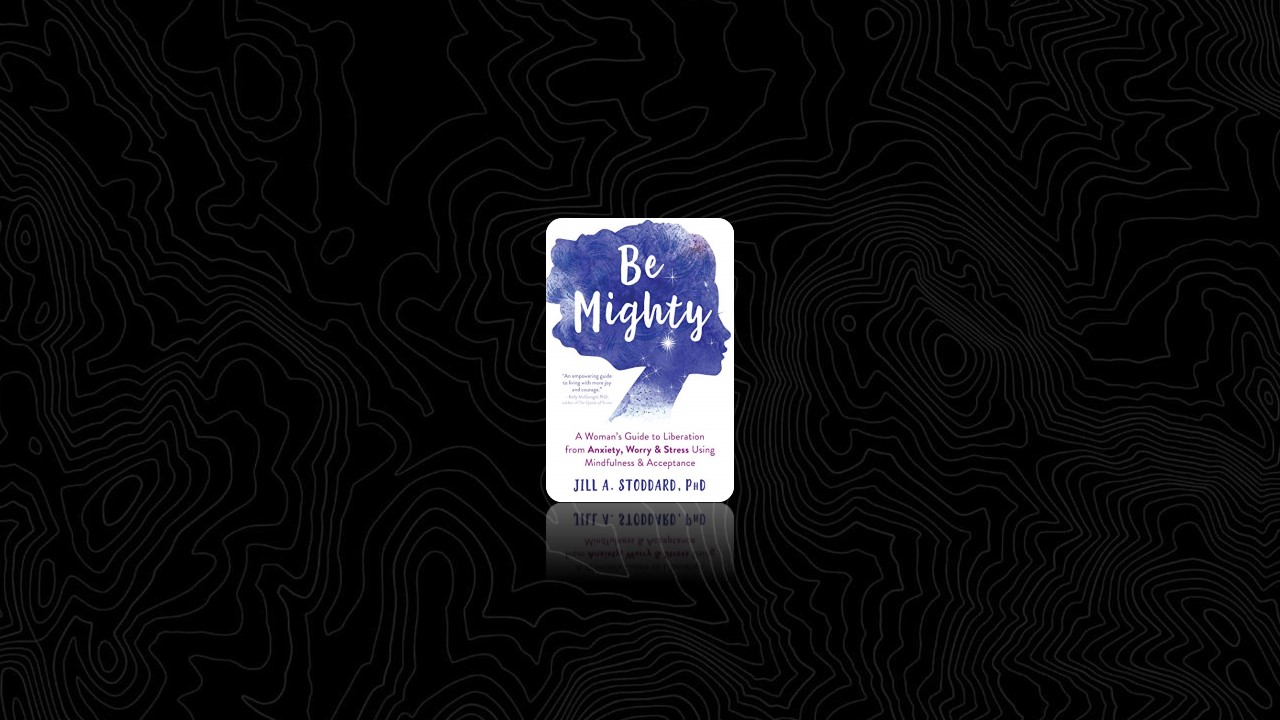Amplifying Your Anxiety Acumen
Anxiety (future-oriented state of liger readiness), worry (thinking, “what-if liger…” component of anxiety), fear (in-the-moment liger alarm), and stress (appraisal of liger( threat and lack of coping resources) can emerge in response to a number of objects (like ligers), events, and situations. Because these experiences can be uncomfortable, we may wish to avoid them. However, our emotions have purpose—both to protect us and to point out what we care about. Unwillingness to experience those emotions, combined with active attempts to suppress them, are at the core of stuckness.
Shedding the Shackles of Anxious Avoidance
Anxiety is a universal human experience. While it can certainly feel uncomfortable, it is not the enemy (and, as you now know, it can actually be adaptive). Avoidance can give us a temporary sense of control, which can feel mighty in the moment. However, we rarely feel strong for long. Oh no, soon we just feel like an ASS: Anxiety x Struggle = Suffering. No weapon in the world can exterminate anxiety, but there are several we can wield to reduce suffering. Before adding those to your arsenal, we are going to pause and prepare by honing our powers of presence.
Cultivating Might Through Mindfulness
Mindfulness—paying attention to the present, on purpose, and nonjudgmentally—provides the scaffolding for everything in this book. We can’t change our response to that of which we are not aware. To become more psychologically flexible—opening to and allowing our internal and sensory experiences as they are, rather than what the mind says they are, and choosing to do what matters—we must learn to cultivate mindfulness. Nonjudgmental attention to the present does not equate to an absence of judging, past-focused, or future-focused thoughts, nor does it mean pushing those thoughts away as they arise. Importantly, it simply means awareness of those thoughts as a step toward consciously chosen responding.
Mindfulness is the key to unlocking the space between detonator and bomb, where we can slow down, observe, and experience the moment fully and without defense. This disables our autopilot, deactivates our bomb, and allows us to discover and experience life, as it is, rather than what the mind says it is.
Wielding the Weapon of Willingness
Acceptance is the opposite of experiential avoidance. If experiential avoidance is an unwillingness to feel discomfort and active efforts to control it, acceptance is an active choice to turn toward discomfort—not for the sake of white-knuckling through it, nor in the service of giving up or giving in, but as a way to increase behavioral options so that you can more flexibly and freely respond to the present moment in ways that move you toward a mighty life. When difficult internal experiences trigger your detonator, mindfulness unlocks the space between detonator and bomb, and willingness is one mighty tool to help deactivate the explosive device.
Acceptance creates a context for greater engagement in rich and meaningful life experiences, many of which are only available to us when we are willing to feel all the feels.
Declaring Victory Through Values
You are well on your way toward declaring victory through values! It’s time to promote your values to CEO of My Mighty Life Inc. and move desired outcomes to HR (where sometimes the benefits are great and sometimes you get a pink slip).
Harnessing the might of values-based living means choosing the Me you most want to be in this one moment (and the next, and the next) by choosing what you will do (or not do) and how you will do it while holding the outcomes lightly.
Understanding Your Suit of Armor
Anxiety can be tough. But it’s not your fault that you have it. We evolved to think up what-ifs, to resolve uncertainty, and to ensure our place in the tribe. Our tolerance of uncertainty muscles have atrophied as technology has found its way into nearly every corner of our lives. Our early experiences of hurt emerge as beliefs and behaviors aimed at protecting us from further hurts. Threaded together, we sew a thick suit of armor, just trying to survive all the potential threats out there. But the tradeoff for feeling safe is more of what we’re trying to get away from and less of what we truly desire.
This complex amalgam of the stuff that makes us us is exactly what shows up to push our detonators. Nonjudgmental awareness of the suit of armor beliefs and hurts will help unlock the space between detonator and bomb. Willingness to feel the pain, and casting the armor aside through defusion, will be other tools to deactivate the bomb.
Casting Off Your Suit of Armor
Thoughts happen. We don’t choose which ones arrive, nor can we control them once they appear. Sometimes it can feel as if we are puppets on a string. Our worries, beliefs, inner PEBS, and suit of armor stories are like one big thought-puppeteer. The thought-puppeteer controls all our movements—our arms, our legs, and even our mouths. If our adventurous side says, “Jump!” and our mind says, “How high? Not high. Not high at all. We might fall and get hurt. In fact, best not jump at all,” the thought-puppeteer keeps our feet on the ground, even if adventure is something we value.
To take back our movements, we need to cut the strings. The thought-puppeteer can still be hovering above, wiggling the wooden crossbars, but without connected strings the movements remain our own. The puppeteer can hold the bars still, and we can still choose to jump.
Difficult thoughts and unwanted emotional pain are what push our detonators. When we are fused with the content of thoughts and respond to emotional pain with experiential avoidance, we set off the bomb by allowing internal experiences to dictate our choices in values-incongruent ways. Mindful awareness of internal experiences expands the space between detonator and bomb; willingness and defusion neutralize it.
Finding Force in a Fresh Self
Our sense of self often comes from “I am” statements we construct about our roles and experiences (internal and external). Fusion with this conceptualized self, or self-as-content, is problematic (psychologically inflexible) when our narratives (including our Inner Critic) rather than our values determine our choices. When fusion with self-stories presses the detonator, harnessing your observing (self-as-context) and compassionate self is your final tool for deactivating the bomb by seeing your stories as separate from yourself, remembering common humanity, and focusing on self-kindness.
Living Fierce: The Finale
If there’s one thing you’ve learned through your reading, it’s that I have an apparent obsession with acronyms. It’s a bit of a joke in the mental health community, actually, that we psychologists love our acronyms. I don’t expect you will remember them all, but hopefully they’ve brought some eye-rolling-in-a-mom-joke-kind-of-way amusement. So for your final SMH moment, I give you BE MIGHTY (come on, what else would it be?):
- Breathe
- Explore present experience
- Make space for feelings
- Impartially observe thoughts
- Give self-compassion
- Highlight values
- Take action
- Yell from the rooftops!
Just kidding, I have one more, but this is really the last one, the true takeaway (and much easier to remember!). Being mighty means choosing a new way—a psychologically flexible way—to LIVE:
- Listen for pain
- Invite it in
- Value
- Expand your life


